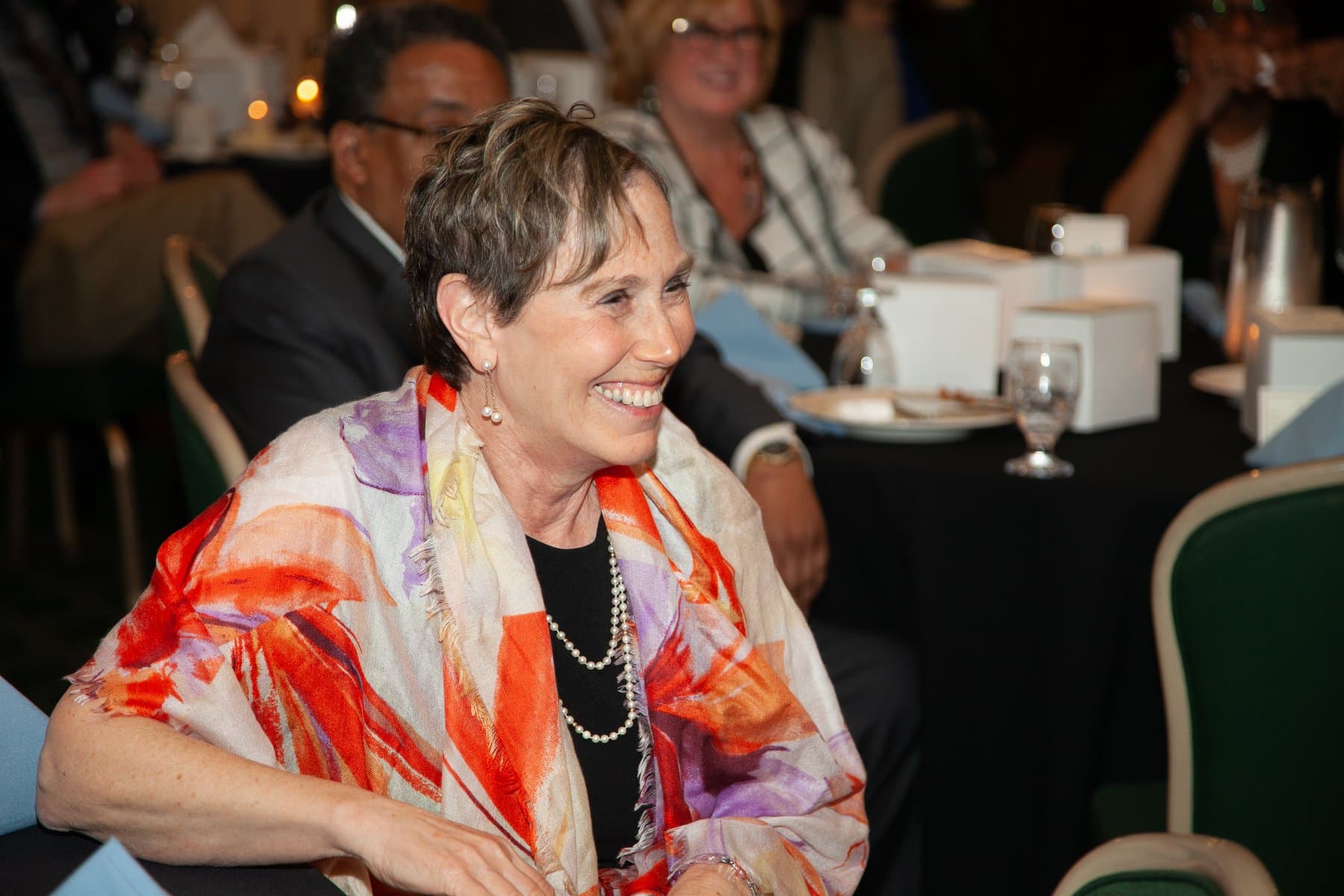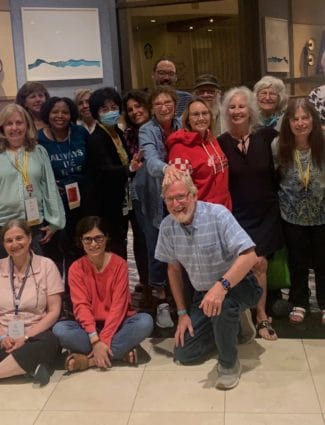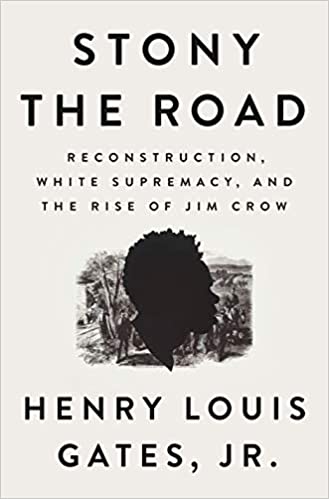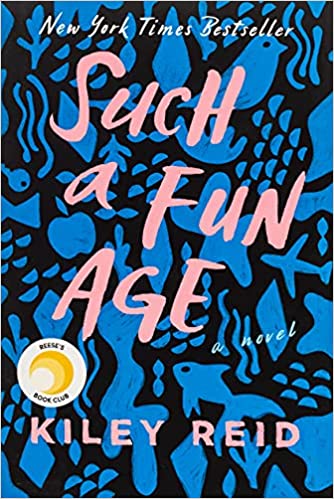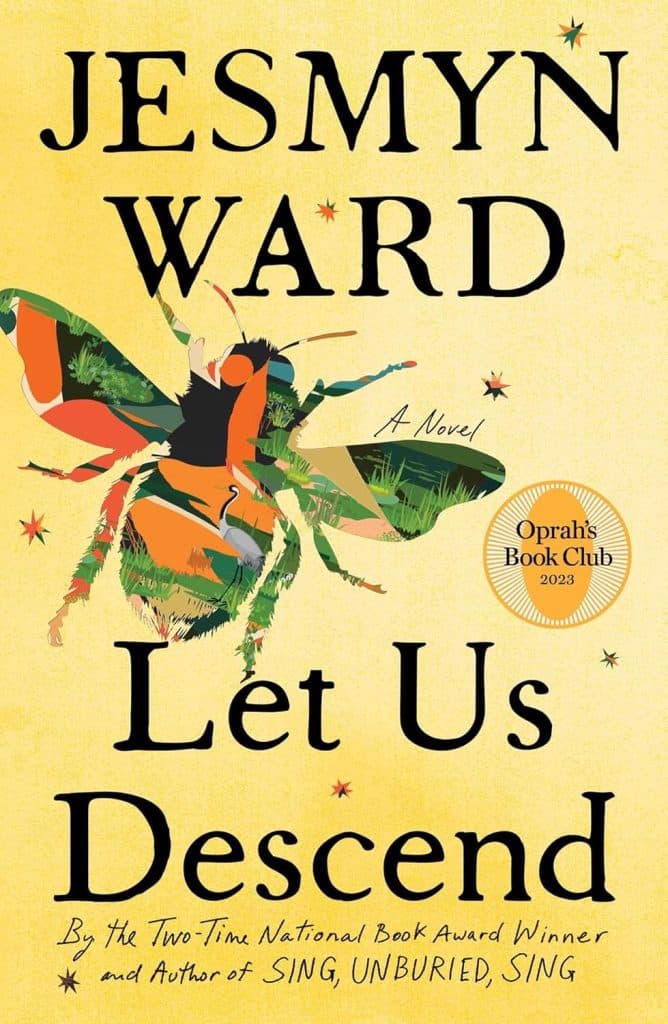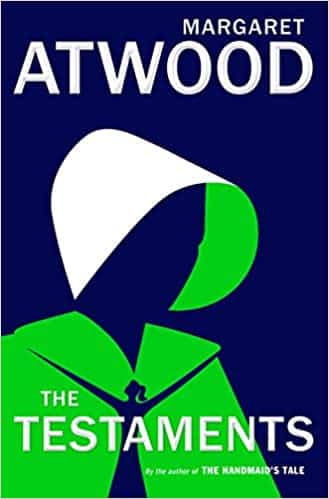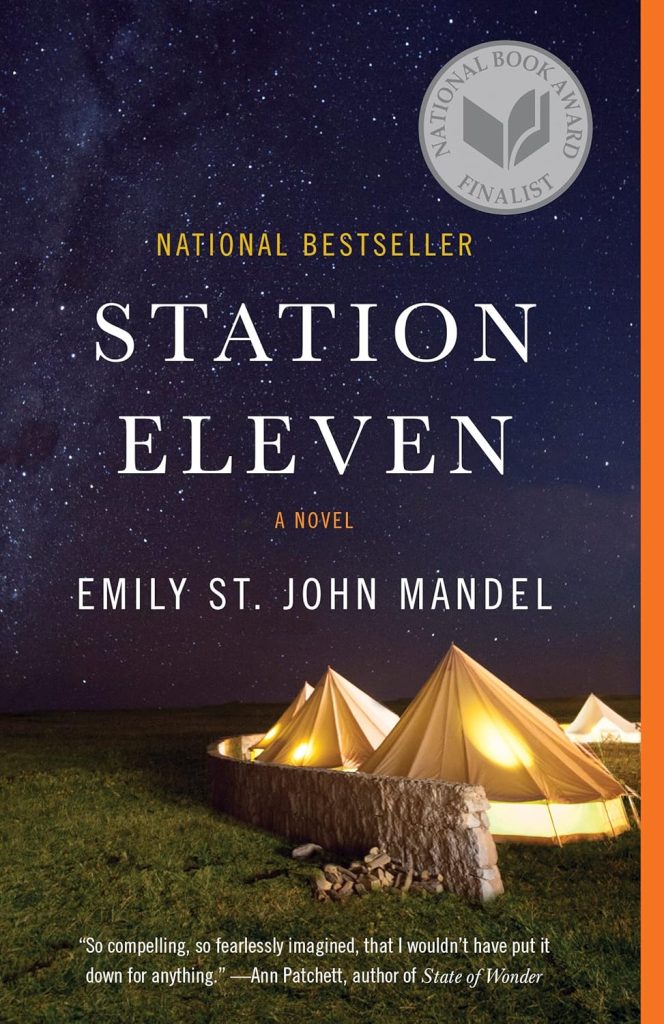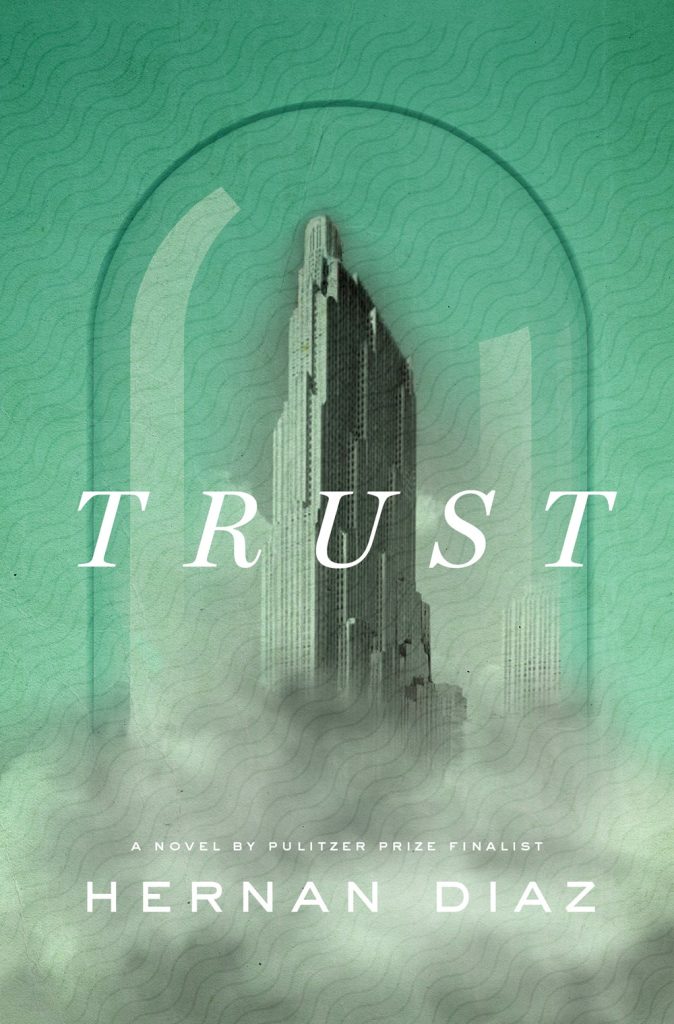
Sunshine on a Cloudy Day
Estimated reading time: 1 minute, 8 seconds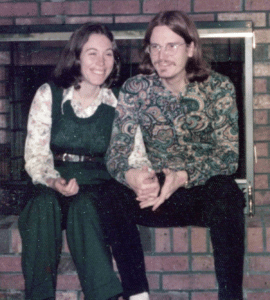 Being close to people who feel like sunshine is a hypothesis that I occasionally fail to remember.
Being close to people who feel like sunshine is a hypothesis that I occasionally fail to remember.
With Jan, I shared a life with someone whose smile was a ray of sunshine.
As a widow, it is far too easy for me to slide down the rabbit hole of self-doubt and self-criticism.
Jan’s Memorial Triangle Garden and Wind Sculpture in Hanson Park have led to numerous people wanting to visit.
Everyone is mesmerized by the twin blades of the wind sculpture.
On some of my trips, I am alone and meet strangers overwhelmed by the sculpture’s simple beauty.
As my friend Mark Annett wrote in his poem about The Wind Sculpture,
The blades move in opposite directions and flower.
The flower they form is always bursting, always blooming.
The renewal is constant and mesmerizing…
One day at a time, with the help of my family and friends, I live not alone but with Jan still with me, now and forever.
The Jan Lilien Education Fund sponsors ongoing sustainability and environmental awareness programs. Gifts made this month; I will match dollar-for-dollar. All donations are tax-deductible.
I receive a commission when you buy a book or product using a link on this page. Thank you for supporting Sharing Jan’s Love blog.
